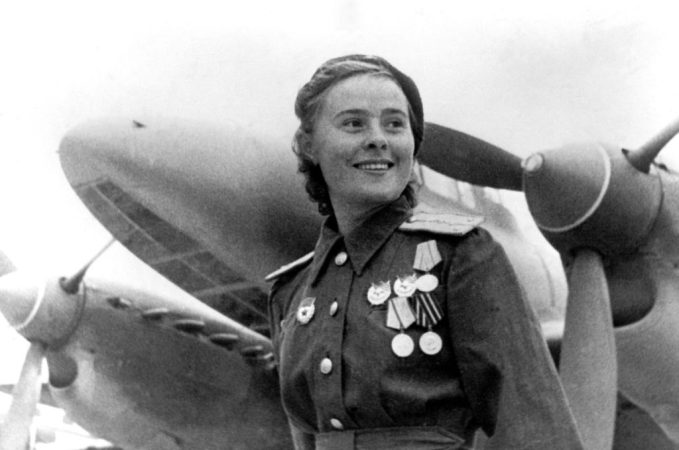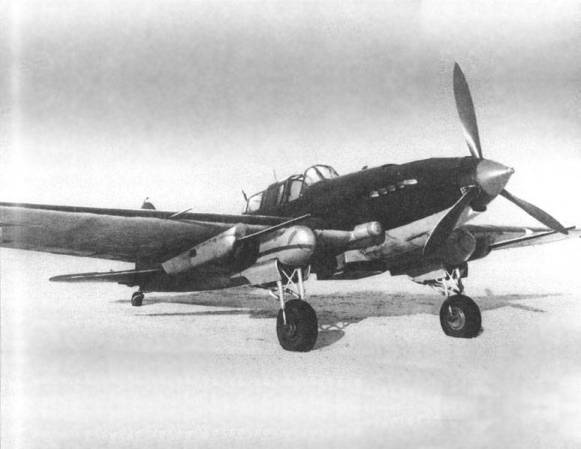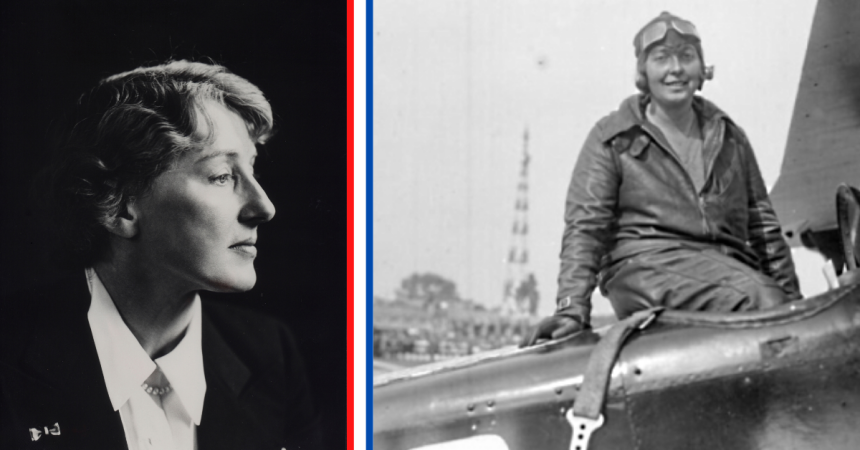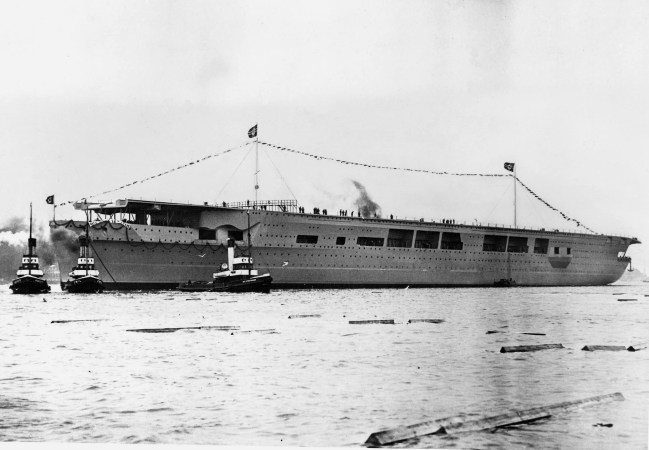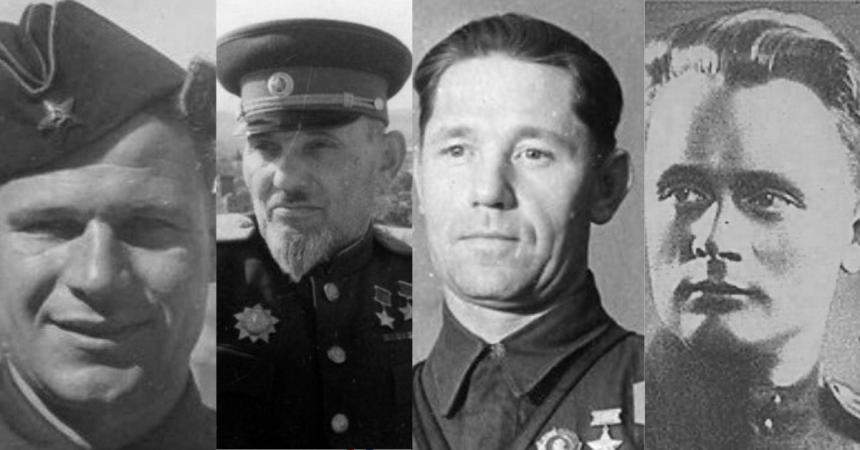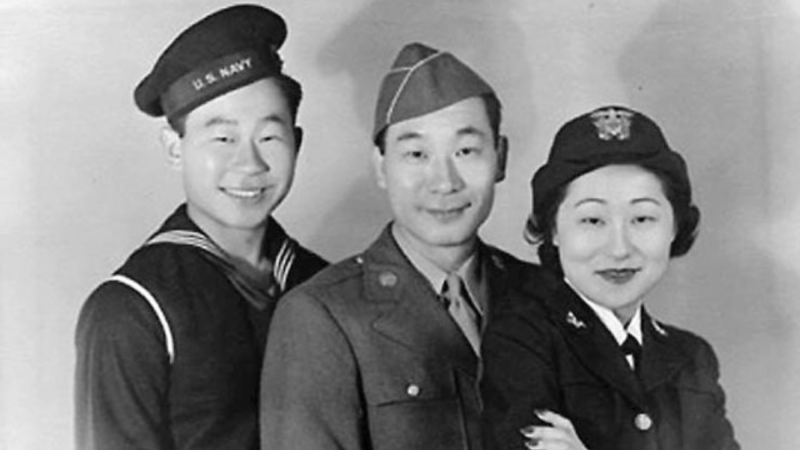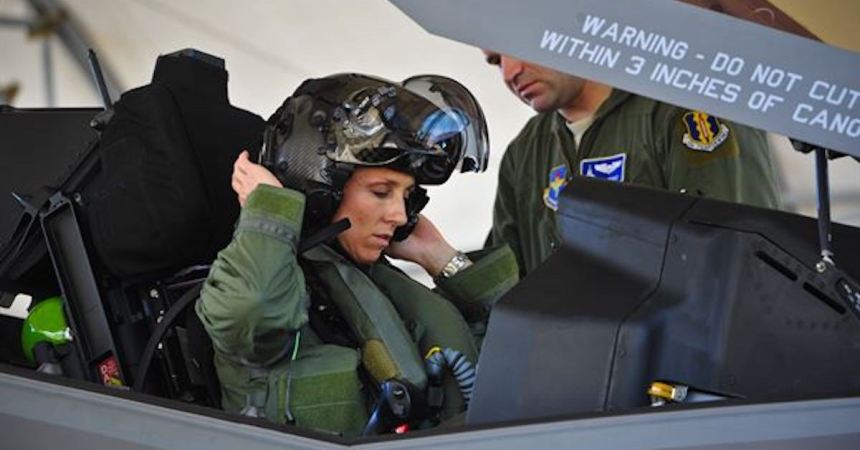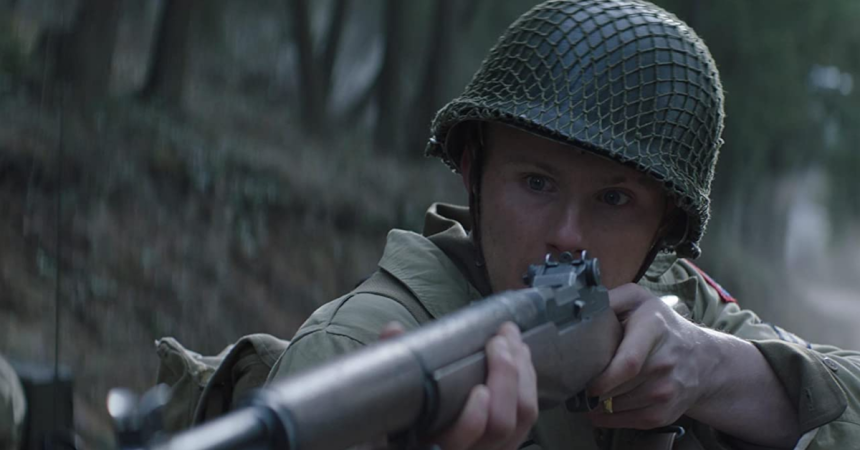The actual translation of Lydia Vladimirovna Litvyak’s epic nickname might be “The White Lily of Stalingrad,” depending on the language you speak. Considering the Lily’s association with death and funerals, it’s rather fitting for such an incredible pilot.
Litvyak was only 20 years old when Hitler launched Operation Barbarossa, the Nazi invasion of the Soviet Union. The young girl rushed to the recruiter and tried to join to be a fighter pilot. The recruiters sent her packing. In their minds, she was just a small, young girl.
In truth, she was flying solo at 15 and was an experienced pilot. A biographer estimated she trained more than 45 pilots on her own. She knew she could do this. So instead of giving up, she went to another recruiter and lied about her flying experience, by more than a hundred hours. That did the trick.

The Soviets, probably realizing that this fight was going to kill a lot of Soviet people (and it did, to the tune of 27 million), were foresighted enough to consider gender equality when it came to their military units. Where American women pilots were only allowed to transport planes, Stalin was forming three fighter regiments of all-female pilots.

During her two years of wartime service, she racked up 12 solo kills and four shared kills over 66 combat missions. She scored her first two kills over Stalingrad three days after her arrival in the area.
Young Lydia Litvyak flew a few missions with the all-female unit before transferring to a mixed-gender unit — over Stalingrad. It was here she earned her illustrious moniker, “The White Rose of Stalingrad.” She flew around a hail of anti-aircraft fire to engage an artillery observation balloon from the rear. She shot it down in a blaze of hydrogen-fueled mayhem — a notoriously difficult task for any pilot.

Litvyak wasn’t finished; she later became one of two women to be crowned “first female fighter ace” as well. She wasn’t flawless — she was shot down more than once and bled more than her share over Russian soil.
But even when forced to make belly landings, she hopped right back into the closest cockpit.
She was so good, the Russian command chose her to be Okhotniki, — or “free hunter” — a new tactic that involved two experienced pilots who were free to hunt the skies on seek and destroy missions. She terrorized German pilots all over the Eastern Front.

“The White Rose of Stalingrad” was last seen being chased by eight Nazi ME-109 fighters on an escort mission south of Moscow. Her body was lost until 1989 when historians discovered the unmarked grave of a female pilot in the Russian village of Dmytrivka.
The next year, Soviet Premier Mikhail Gorbachev awarded Lydia Vladimirovna Litvyak the title “Hero of the Soviet Union,” the USSR’s highest military honor.



